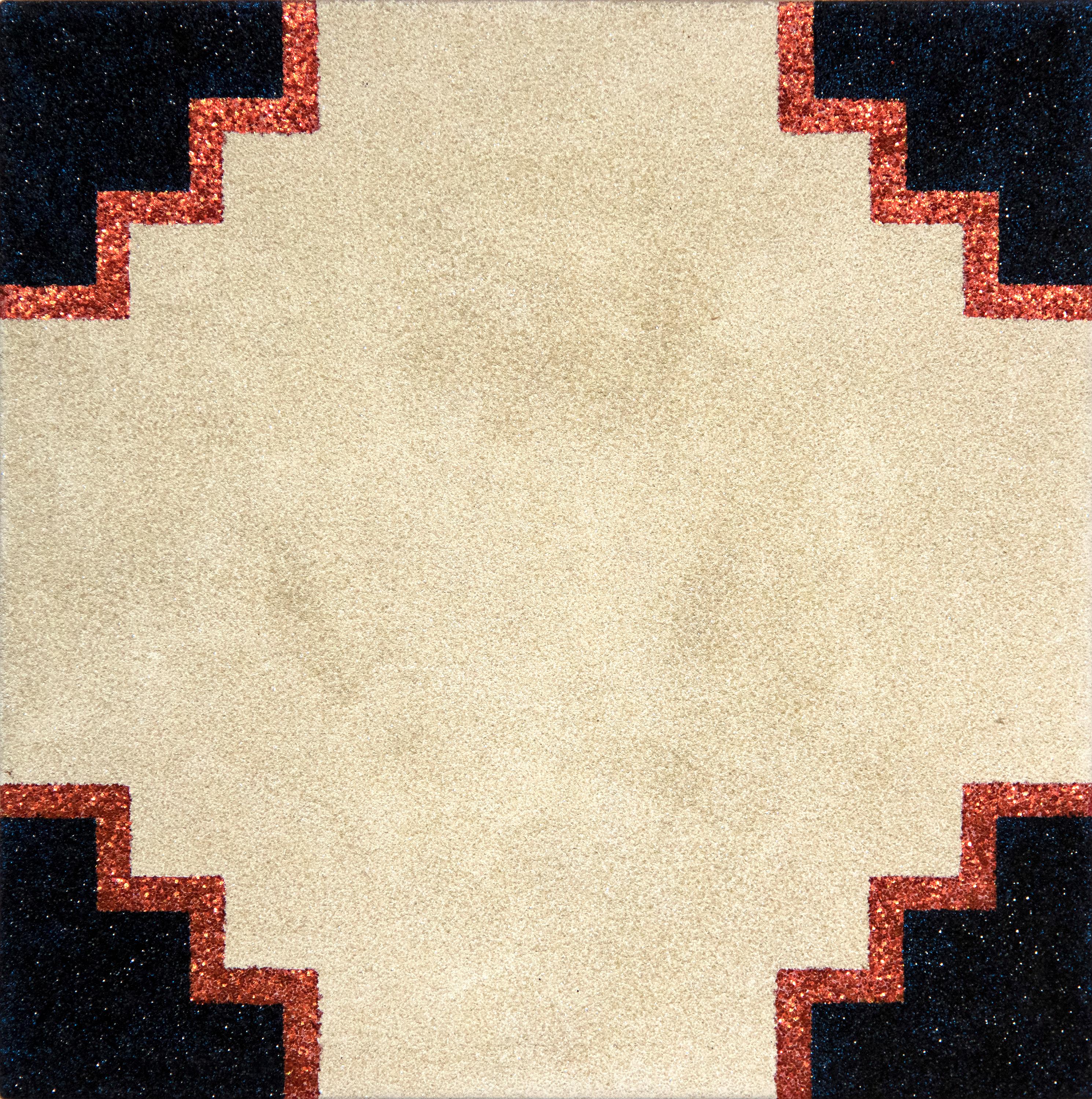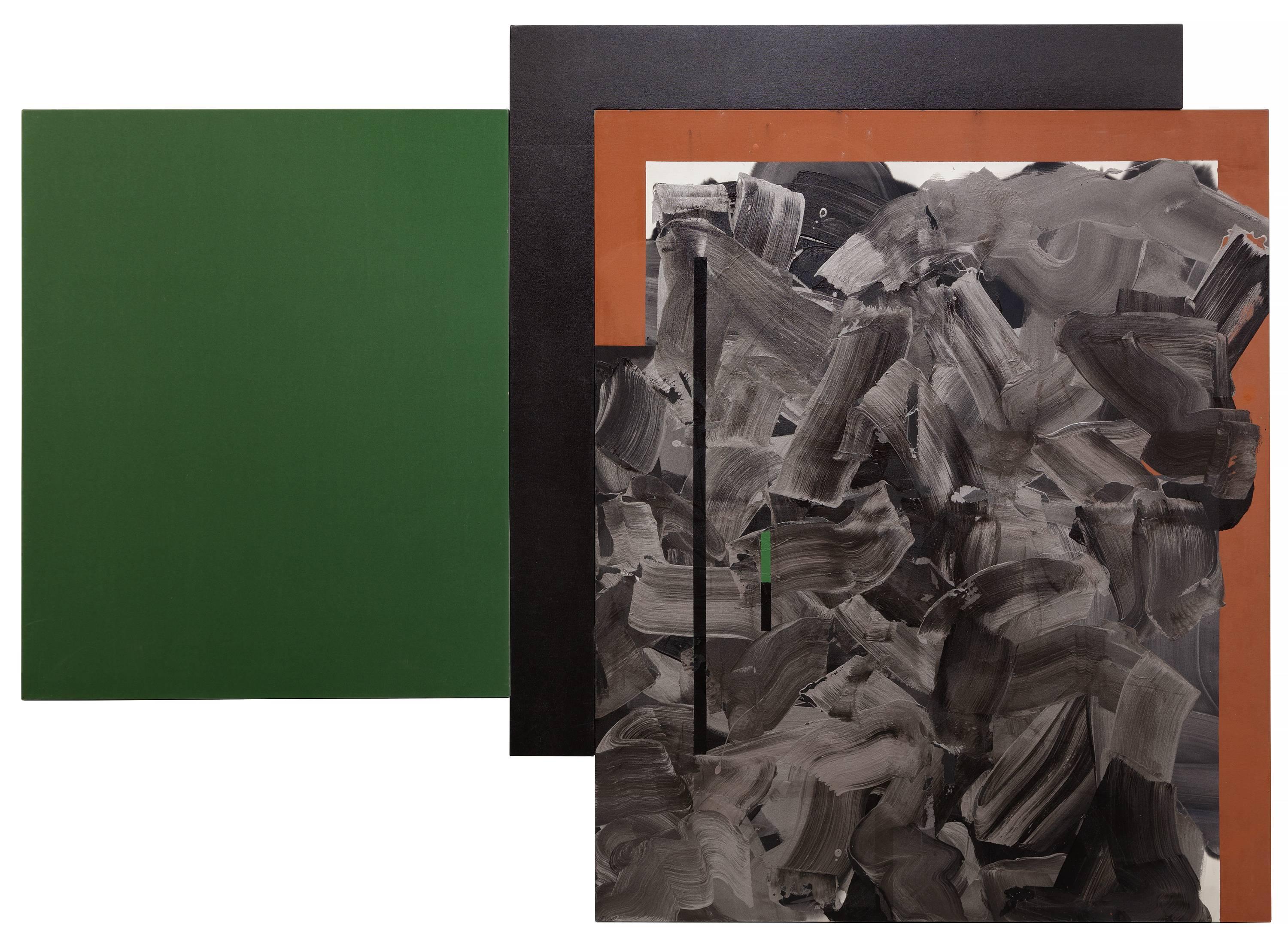Sherron FrancisYellow Tail I1979
1979
About the Item
- Creator:Sherron Francis (1940, American)
- Creation Year:1979
- Dimensions:Height: 40 in (101.6 cm)Width: 76.5 in (194.31 cm)
- Medium:
- Movement & Style:
- Period:
- Condition:Overall very good condition. No evidence of repairs. Not examined under UV. Please inquire for additional details concerning the media employed.
- Gallery Location:Austin, TX
- Reference Number:1stDibs: LU2287214355072
Sherron Francis
Sherron Francis was born in the Chicago suburb of Downers Grove, Illinois in 1940. She studied fine art at the University of Oklahoma from 1958 to 1960 before transferring to the Kansas City Art Institute. She ultimately graduated from the Institute in 1963. In Missouri, Francis met Dan Christensen (Class of 1964), an artist friend, who would play a key role in her career throughout the next two decades. Francis then received her MFA from the University of Indiana before assuming a teaching position at Eastern Michigan University.
In 1968, with only $300 on hand, Francis moved to 16 Waverly Place in Soho. At the time, the neighborhood boasted some of the biggest names in Abstract Expressionism. She quickly became friends with Walter Darby Bannard, Peter Young, Larry Zox and Larry Poons, who all lived and worked in the neighborhood. In fact, Francis introduced Larry Poons to his now wife, Paula, a friend and student of Francis.
By 1971, Christensen, who was exhibiting with Andre Emmerich, introduced Francis to the legendary gallerist. There was no better gallery to be showcasing Abstract Expressionism and Color Field painting during this decade for an artist.
For context, in 1972, Emmerich held solo exhibitions by art titans, such as Hans Hofmann, Al Held, Esteban Vicente, David Hockney and Morris Louis. In 1973 alone, Emmerich gave one-person exhibitions to Helen Frankenthaler, Kenneth Noland, Hofmann, Jack Bush and a new discovery: 32-year-old Sherron Francis. The exhibition for Francis was a great success with Peter Schjeldahl positively reviewing it in the New York Times.
Francis’s career now took off with the stain paintings. In 1973, Francis exhibited at the Whitney Biennial and then received a second solo exhibition at Emmerich the following year. Corporate collections and private enthusiasts, including Helen Frankenthaler and Clement Greenberg, rushed to purchase her paintings. More than sixty of her paintings sold in one year at Emmerich’s gallery.
Throughout the 1970s and early 1980s, Francis exhibited at other leading American galleries, including Janie C. Lee, Barbara Kornblatt, Douglas Drake, Rubiner and Tibor de Nagy.
In the late 1970s, Francis became more interested in utilizing new acrylic and gel mediums that were becoming available. By 1980, she was also creating clay works and exhibiting them alongside Kikuo Saito and Betty Woodman. In 1983, art historian Jack Flam selected one of Francis’s paintings in his “Artists Choose Artists II” exhibition, consisting of works by Carl Andre, Jim Dine, Brice Marden, Richard Serra and Frank Stella.
Francis taught at several institutions including the Ridgewood School of Art and Design from 1972 to 1985 and Cooper Union from 1978 to 1985.
The landscape in downtown New York began to shift in the mid-1980s. When her landlord sold the building on Waverly Place, Francis moved to the North Fork permanently. Her move effectively severed ties with not just New York City, but also the art world, and her reputation went into eclipse. This sets the stage for rediscovery in 2022.
Find original Sherron Francis art on 1stDibs.
(Biography provided by Lincoln Glenn)
- ShippingRetrieving quote...Ships From: Austin, TX
- Return PolicyA return for this item may be initiated within 30 days of delivery.
- Untitled (Savant Series)Located in Austin, TXAcrylic on canvas. Initialed and dated verso. 48 x 36 in. 49.5 x 37.5 in. (framed) Custom framed in a maple floater with a polyurethane clear coat finish. Provenance Iannetti Lanz...Category
1980s Post-War Abstract Paintings
MaterialsCanvas, Acrylic
- Infinity Field (Jerusalem Series)By Theodoros StamosLocated in Austin, TXAcrylic on canvas. Signed, titled, dated, and inscribed verso. 68 x 50 in. 69.5 x 51.75 in. (framed) Custom framed in a maple floater with a matte white finish. Provenance Camillo...Category
1980s Post-War Abstract Paintings
MaterialsCanvas, Acrylic
- Infinity Field (Jerusalem Series III #1)By Theodoros StamosLocated in Austin, TXAcrylic on canvas. Signed lower left; signed, titled, and dated verso. 65.75 x 50.25 in. 67.25 x 51.75 in. (framed) Custom framed in a maple floater with a matte white finish. Pro...Category
1980s Post-War Abstract Paintings
MaterialsCanvas, Acrylic
- Green CenterBy Kenneth LochheadLocated in Austin, TXAcrylic on canvas. Signed, dated, and titled verso. 62.25 x 62.25 in. 63.75 x 63.5 in. (framed) Custom framed in a maple floater with a polyurethane clear coat finish. Provenance ...Category
1960s Post-War Abstract Paintings
MaterialsCanvas, Acrylic
- Warm Beach (#108)By Joyce KozloffLocated in Austin, TXAcrylic and graphite on canvas. Signed and titled verso. 59 x 58.5 in. 61 x 60.25 in. (framed) Custom framed in a maple floater with a polyurethane clear coat finish. Provenance B...Category
1970s Post-War Abstract Paintings
MaterialsCanvas, Acrylic, Graphite
- BolmesLocated in Austin, TXOil on canvas. Signed, dated, and titled verso. 46.5 x 36 in. 47.5 x 37 in. (framed) Custom framed in a maple floater. Charles Strong, who was born in Greeley, Colorado on Christmas Day in 1938, was one of the youngest artists of the San Francisco School of Abstract Expressionism. He was a colleague of vanguard artists such as Elmer Bischoff, Richard Diebenkorn, Jack Jefferson...Category
1960s Post-War Abstract Paintings
MaterialsCanvas, Oil
- MaskBy Nathan OliveiraLocated in Palm Desert, CAA painting by Nathan Oliveira. "Mask" is a Post-War painting, acrylic, earth, and oil on canvas by Bay Area Figurative artist Nathan Oliveira. The artwork is signed and dated in the ...Category
Late 20th Century Post-War Abstract Paintings
MaterialsCanvas, Mixed Media, Oil, Acrylic
- UntitledBy Mary CorseLocated in Palm Desert, CAA mixed media work by Mary Corse. "Untitled" is a mixed media, acrylic and diamond dust on canvas in a palette of white, black, and red by American Post-war, female artist Mary Corse...Category
Mid-20th Century Post-War Abstract Paintings
MaterialsCanvas, Mixed Media, Acrylic
- New Synthesis #15By Jack RothLocated in Palm Desert, CAAn abstract acrylic on canvas executed in bright, primary red, blue and yellow by Post War artist Jack Roth. Signed, dated and titled verso, "ROTH81 "NEW SYNTHESIS - 15".Category
1980s Post-War Abstract Paintings
MaterialsAcrylic, Canvas
- Nambo Panel I & IIBy Ed MosesLocated in Palm Desert, CAAn abstract acrylic on canvas by Ed Moses. "Nambo Panel I & II" is a diptych executed in whites, creams, dark green and depicting geometric shapes with various dots, circles and corkscrews against a dark background by Post War artist Ed Moses...Category
Late 20th Century Post-War Abstract Paintings
MaterialsCanvas, Acrylic
- Phenomena by ReturnBy Paul JenkinsLocated in Palm Desert, CAA painting by Paul Jenkins. "Phenomena By Return" is an abstract, acrylic on canvas painting executed in a bright palette primarily of reds, teals, blues and yellow by Post War artis...Category
1960s Post-War Abstract Paintings
MaterialsCanvas, Acrylic
- Franco-Del #1 & #3By Ed MosesLocated in Palm Desert, CAAn abstract acrylic on canvas by Ed Moses. "Franco-Del #1 & #3" is a triptych executed in earth tones of browns, grey, black, rust and pine green by Post War artist Ed Moses...Category
Early 2000s Post-War Abstract Paintings
MaterialsAcrylic, Canvas






